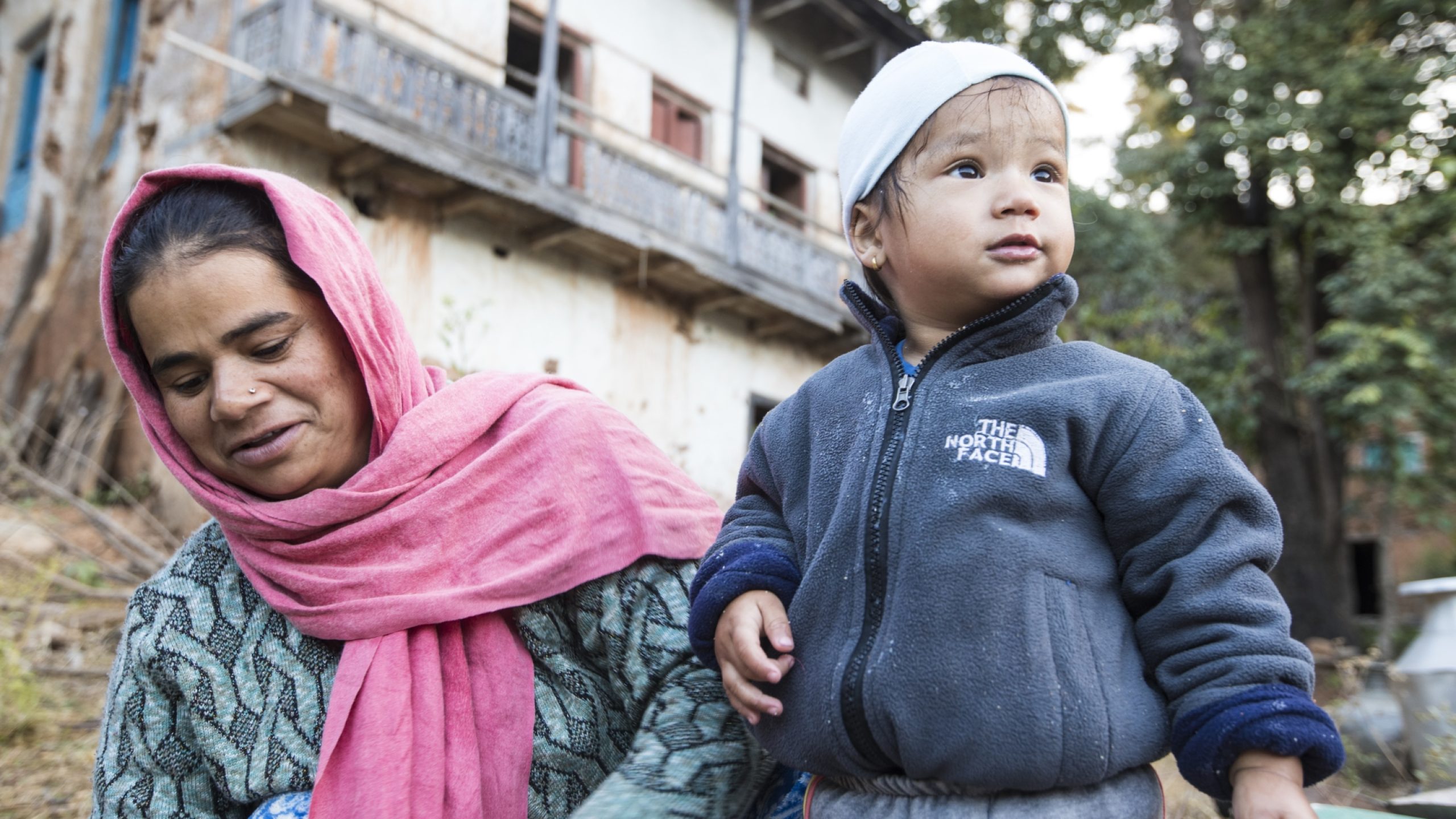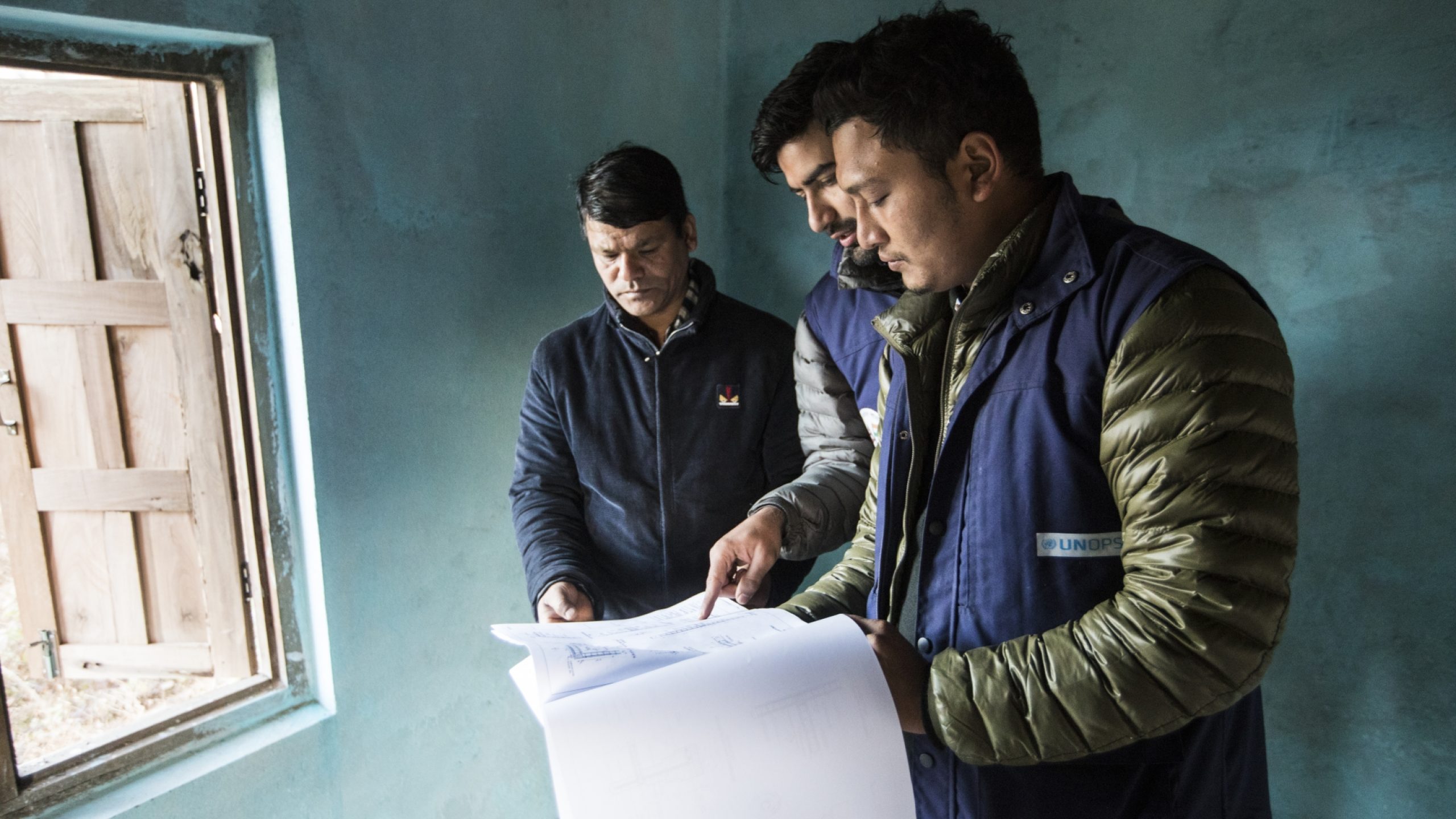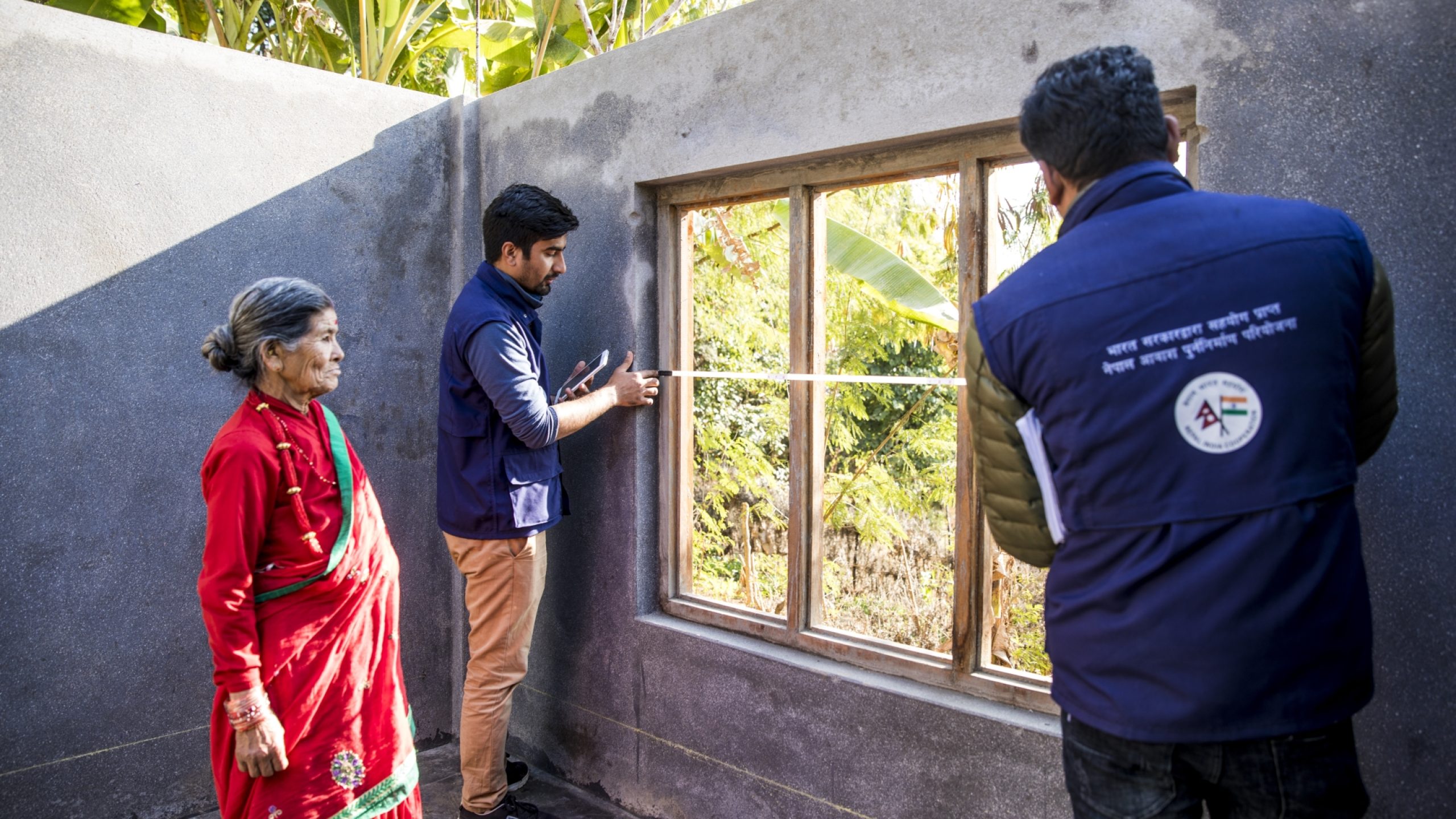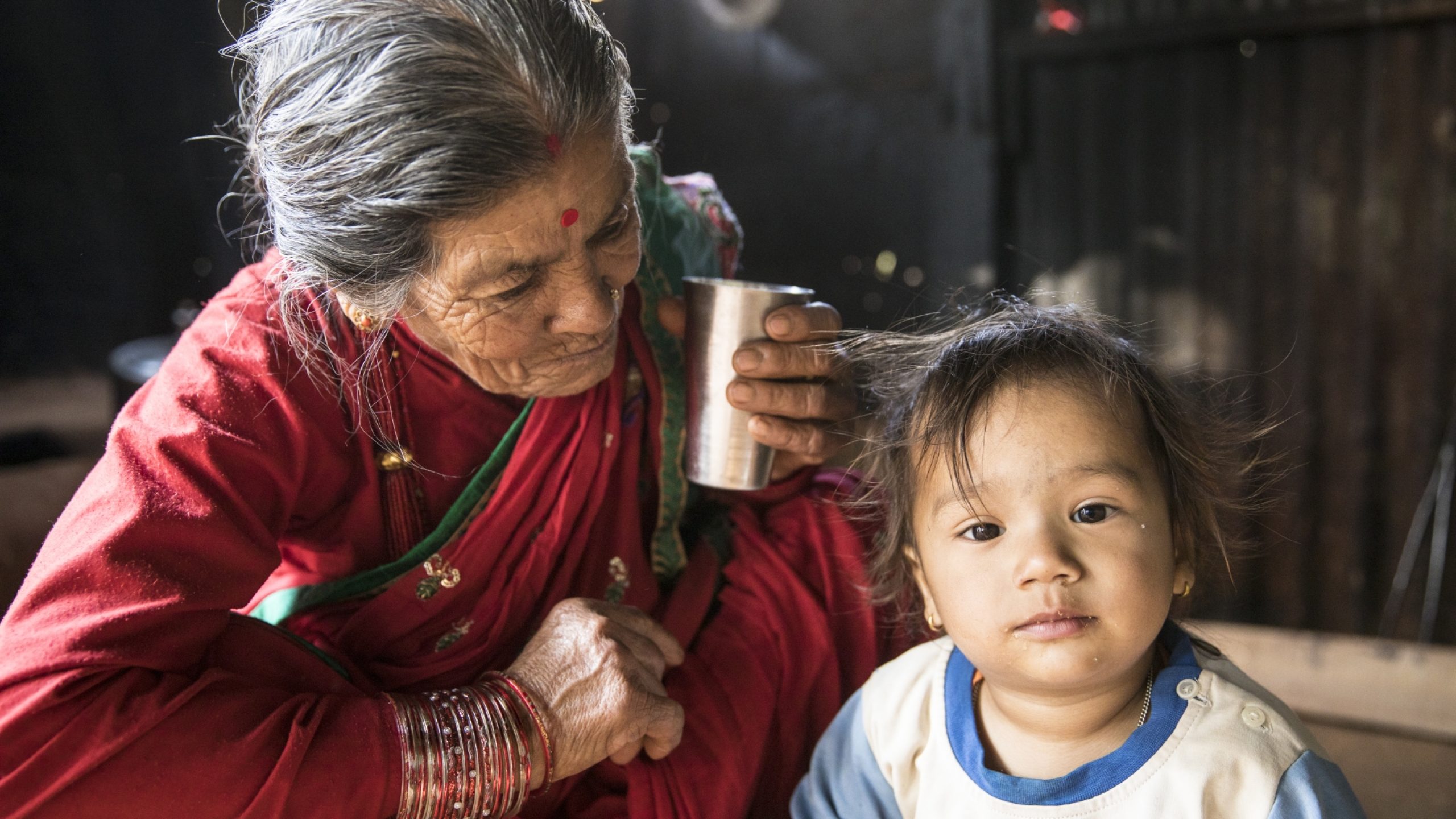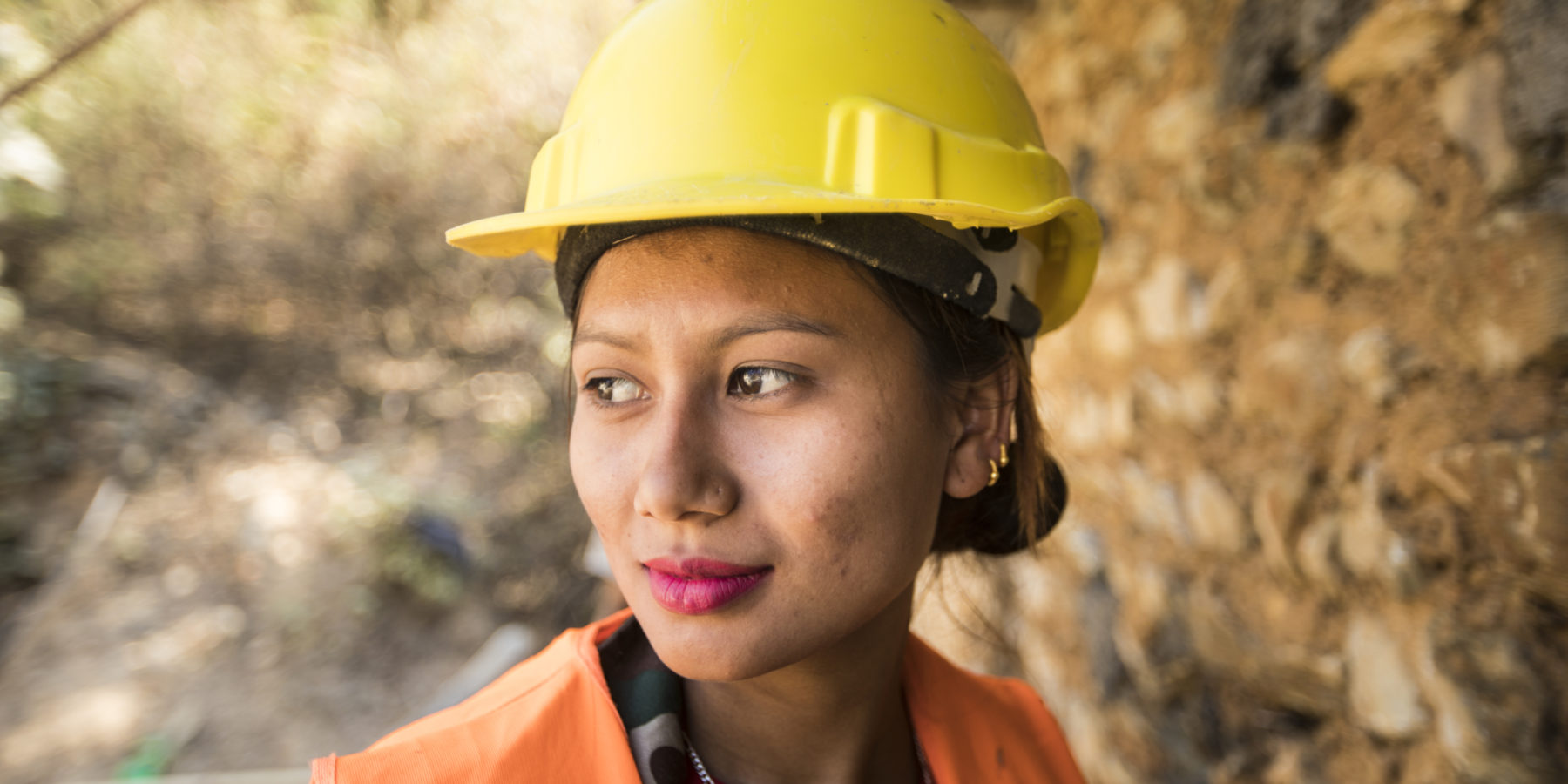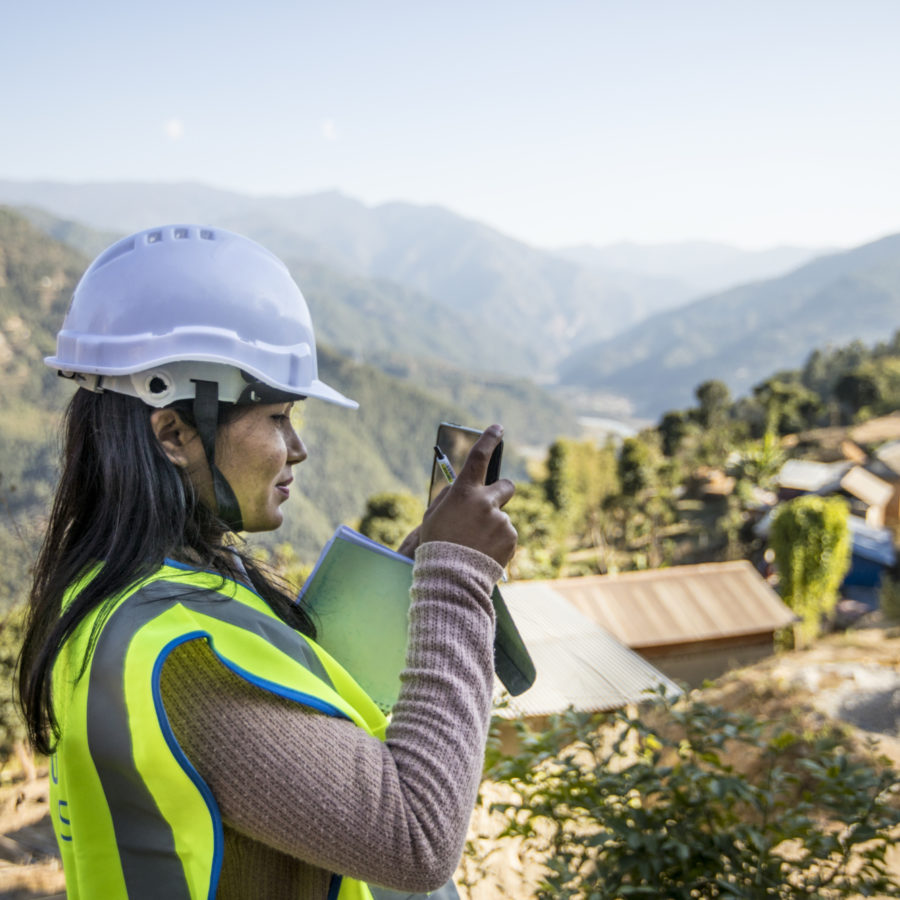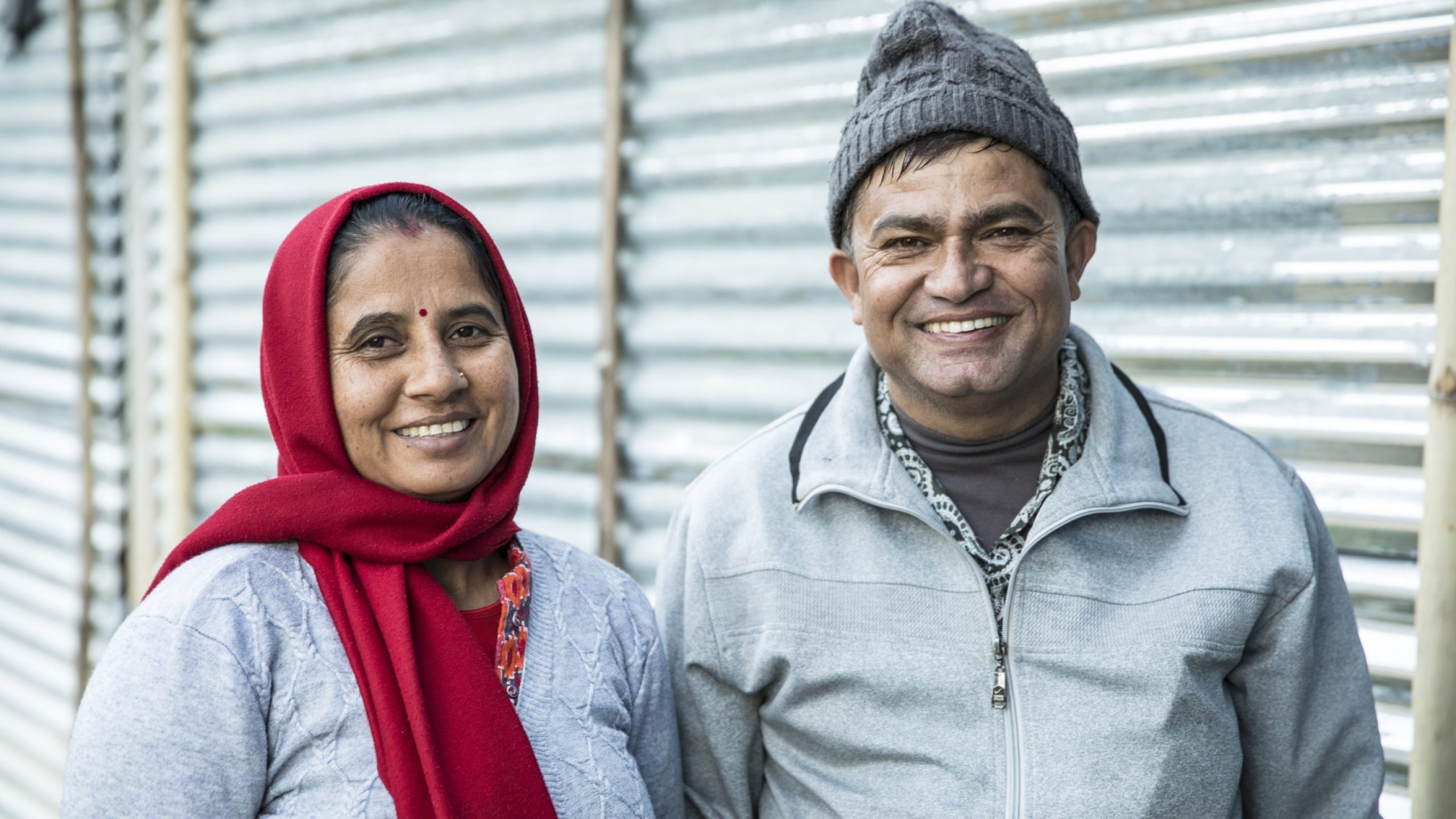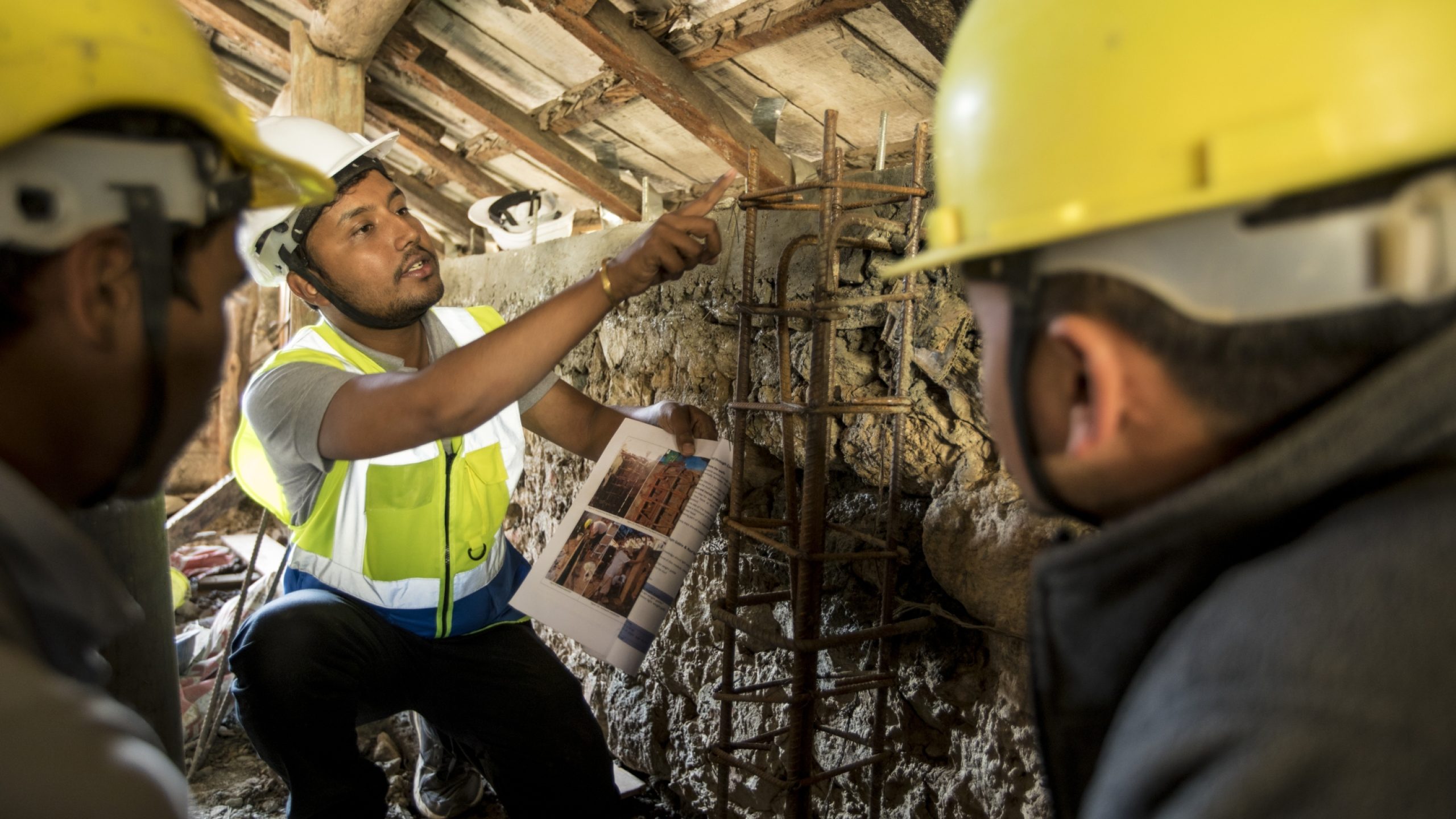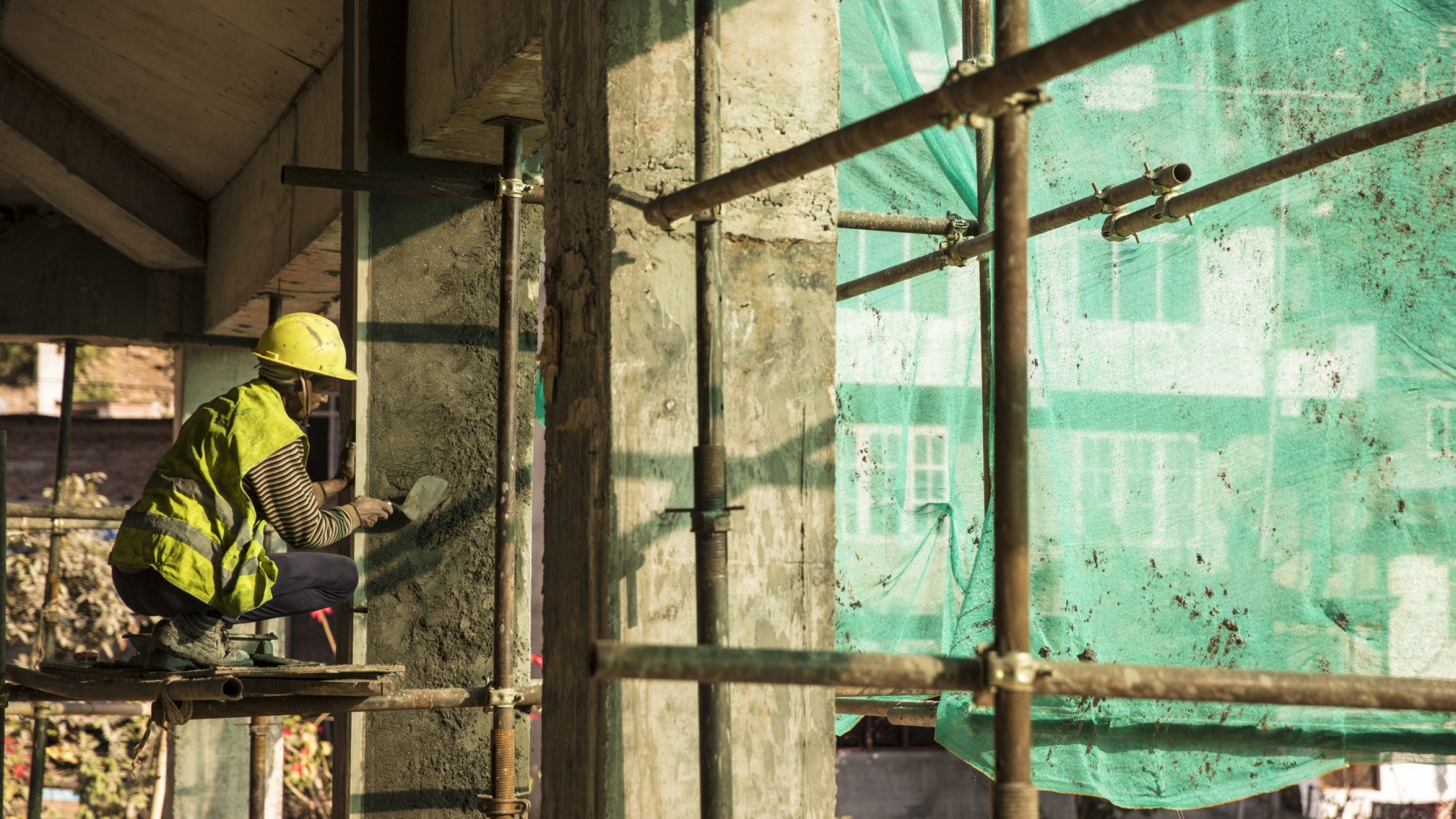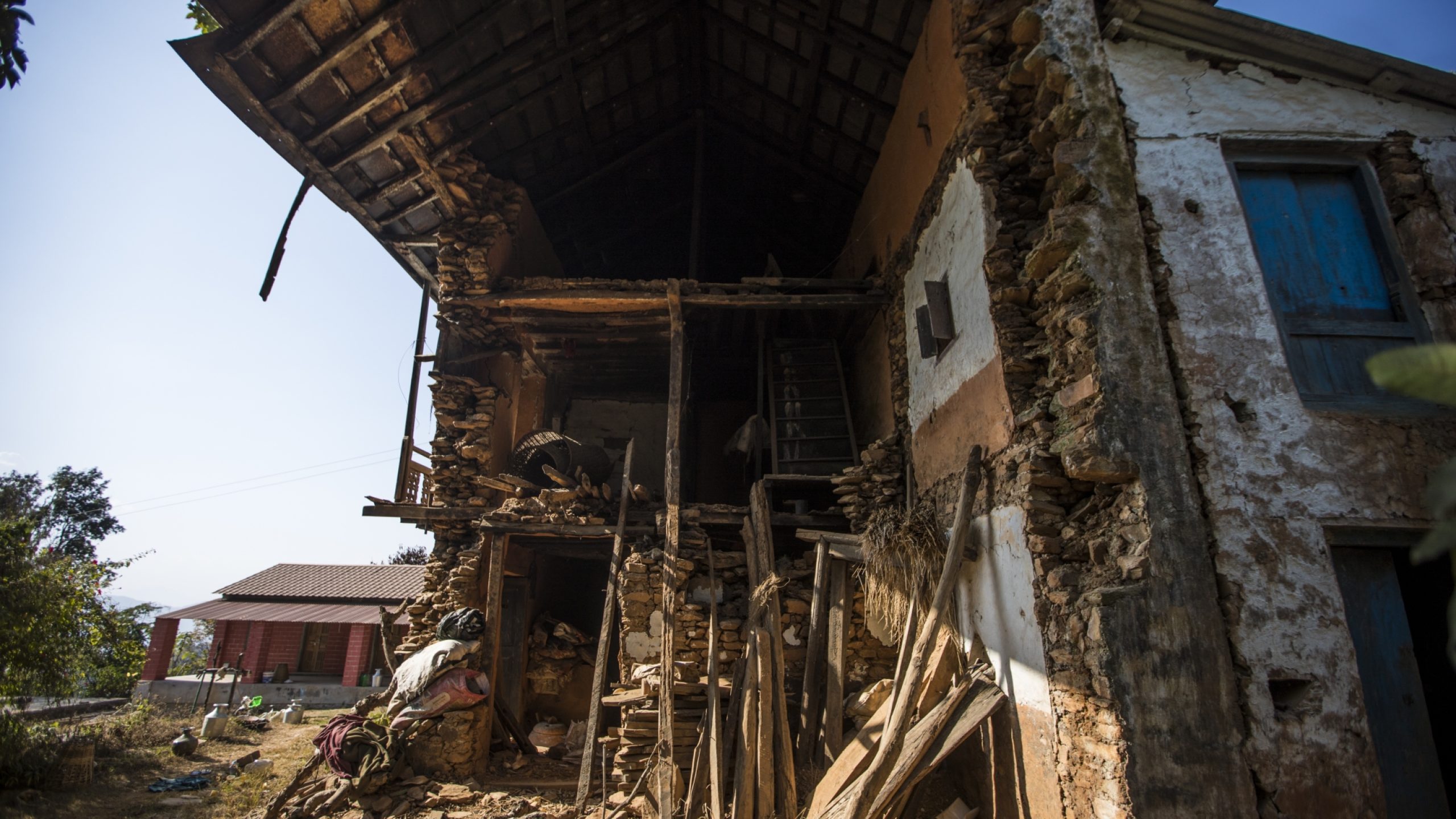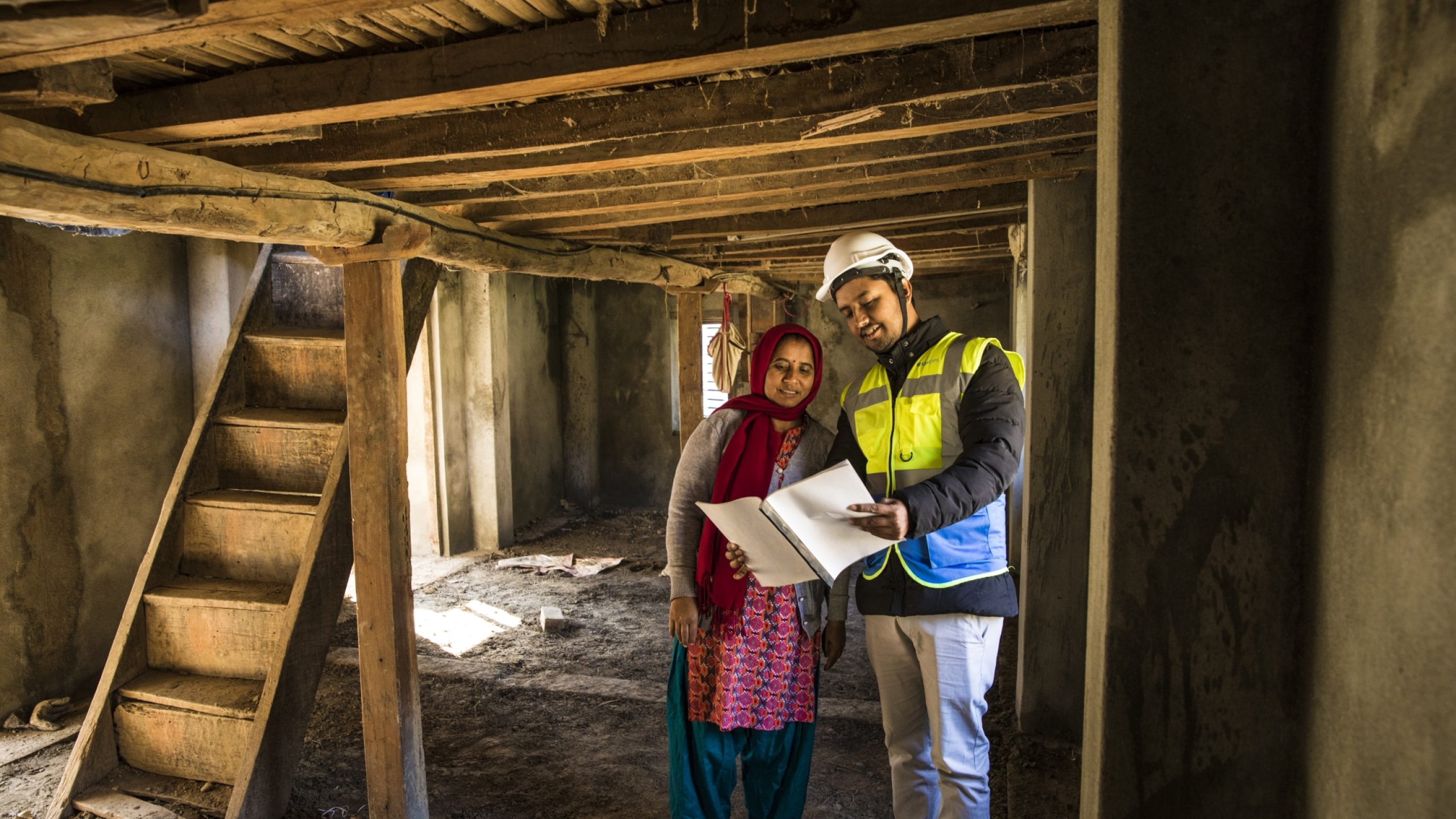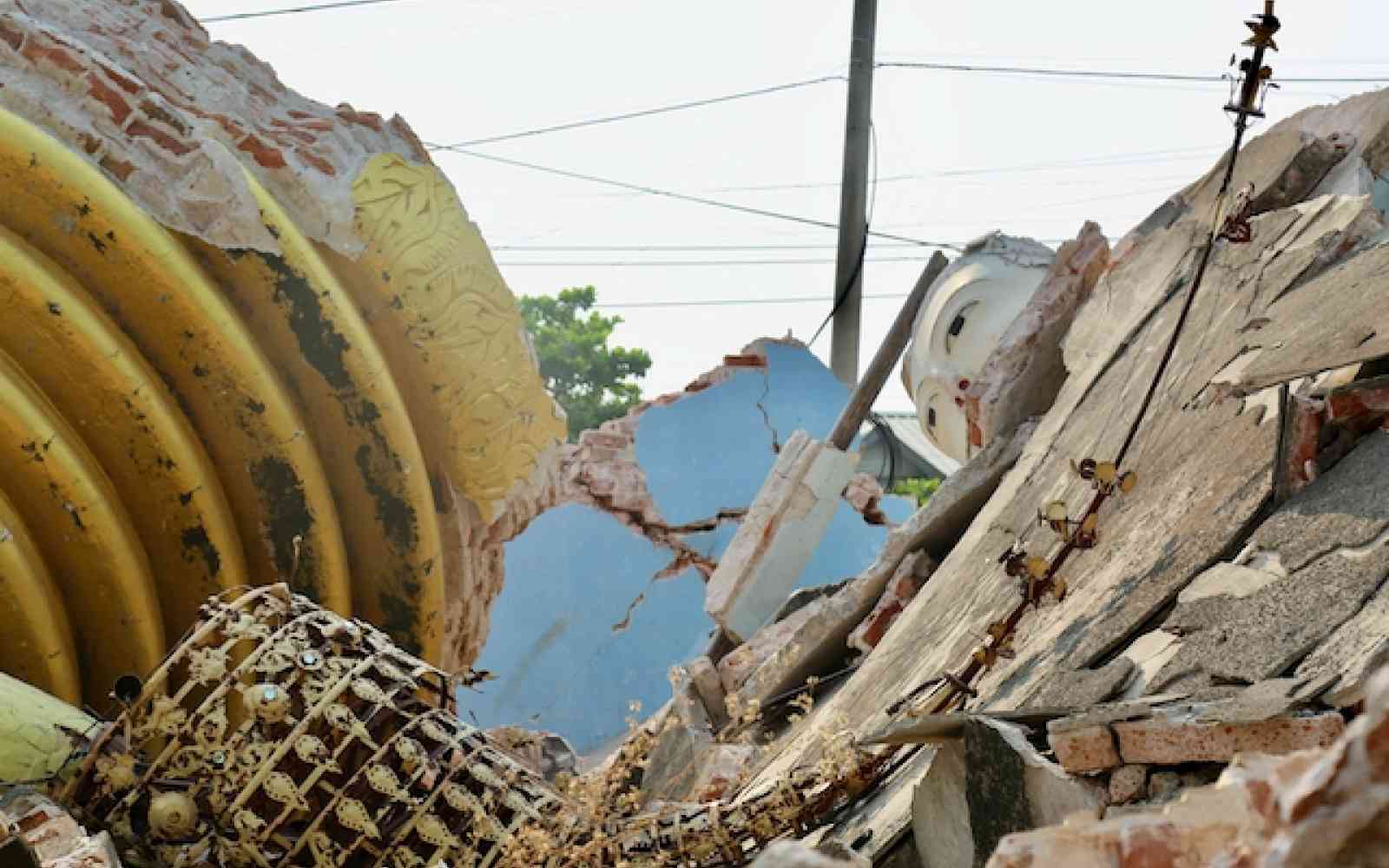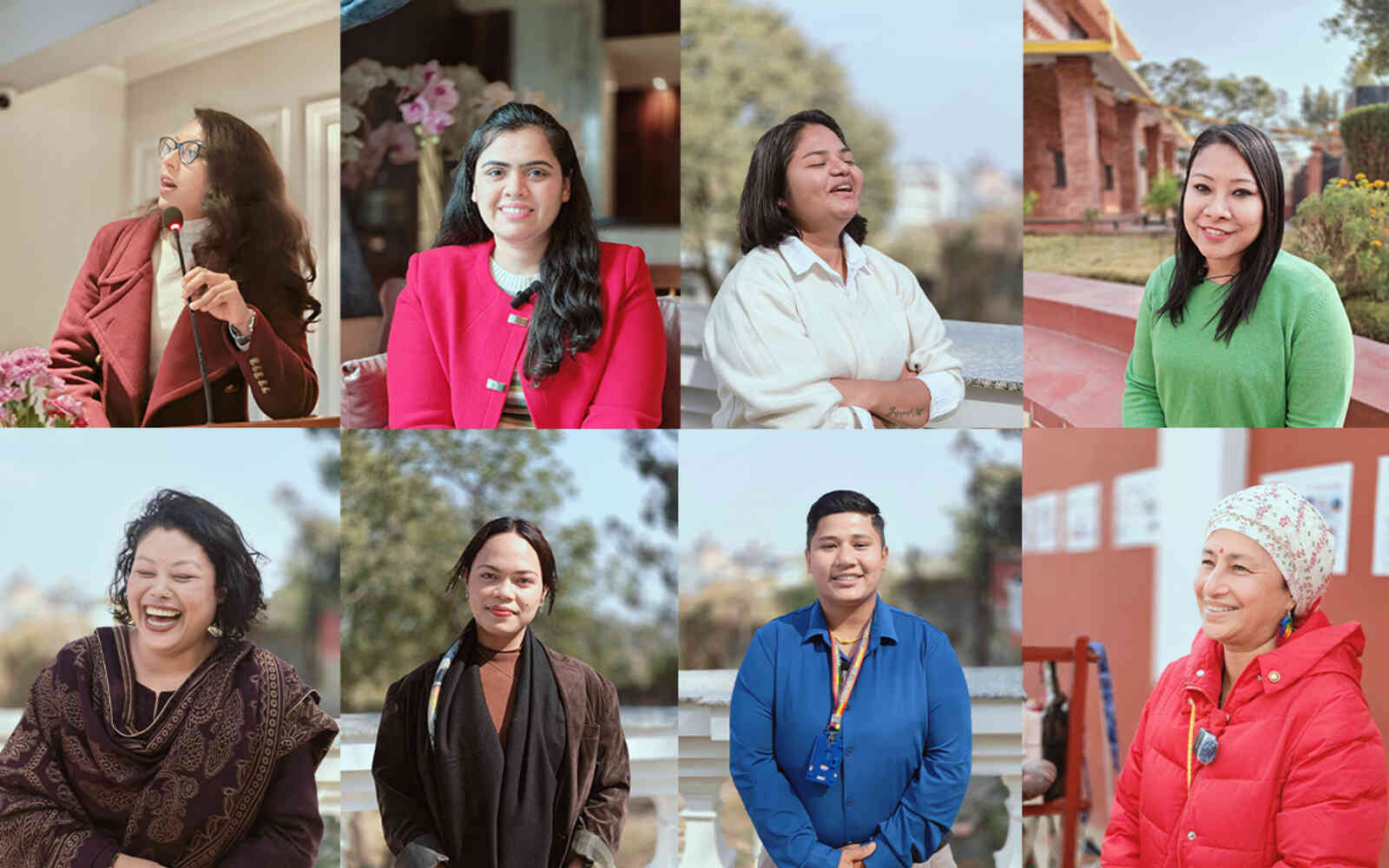The United Nations Office for Project Services (UNOPS)

Better homes, brighter futures
In 2015, following two massive earthquakes, the people of Nepal found themselves standing amid their crumbling houses. More than four years on, we are working with partners on a range of initiatives that are helping these communities rebuild their homes to be stronger and more resilient – so that they can look forward to a more secure future.
Nuwakot Housing Gov India Socio-Technical Facilitation
Photos
- ©UNOPS/John Rae


Following the earthquakes, the government of Nepal set up programmes that offered people reconstruction grants so that they could rebuild safer homes – ones that are more resilient to future shocks. Receiving these grants depends on compliance with government mandated construction standards.
The government of India teamed up with UNOPS to implement an owner-driven reconstruction project. The project works extensively with communities to increase their awareness of earthquake-related disaster risk and their understanding of earthquake resistant construction methods. Equipped with this new knowledge, people can play an active role in the reconstruction of their homes as well as access the government grants.
The project is responsive to homeowner needs and engages the entire community in the construction process. The approach is inclusive and sensitive to the unique needs of women, children, people with disabilities and the socially marginalized.
Seismic Retrofitting of Unsafe Housing in Nepal
Seismic retrofitting modifies existing buildings to make them more resilient to future earthquakes. It helps maintain the structural integrity of roofs, foundations and walls against shocks. With funding from the United Kingdom’s Department for International Development (DFID) we’re working with local communities and companies to implement an extensive seismic retrofitting project that is tailored to meet local needs.
The project aims to create wide awareness of this previously little known construction method amongst more than three million homeowners across the country. It is also scaling up the seismic retrofitting of rural houses as well as strengthening local capacity through the training of engineers and technical staff in these techniques.
Project details:
Implemented by UNOPS, the government of India funded Socio-Technical Facilitation Consultancy support for housing reconstruction in Nuwakot, Nepal, started in March 2018. The project aims to reach over 23,000 people living in two urban municipalities and eight rural municipalities of the district of Nuwakot. So far, it has trained 81 women and 143 men through on-the-job training on masonry skills, increasing local capacity and marketable skills in the community.
Since the end of 2017, with funding from the United Kingdom’s Department for International Development, UNOPS, is also helping to scale up the seismic retrofitting of rural houses in Nepal. This work enables homeowner access to government approved retrofitting as a safe, time and cost saving, alternative to new construction. It also includes the training and capacity building of over 2,200 Nepali engineers and technical staff and up to 12,000 masons through seismic retrofitting of 1,000 houses across 31 disaster affected districts.
In the more rural communities of Nepal, isolated households have struggled to start their construction despite having received the first installment of the government reconstruction grant.
A project funded by USAID aims to reach these vulnerable groups through a leave-no-one-behind community-based approach. So far, over 100 people have received additional support with a starter material kit, construction training, masonry assistance for the construction of the foundation level, and social assistance to guide homeowners in the reconstruction grant process.










